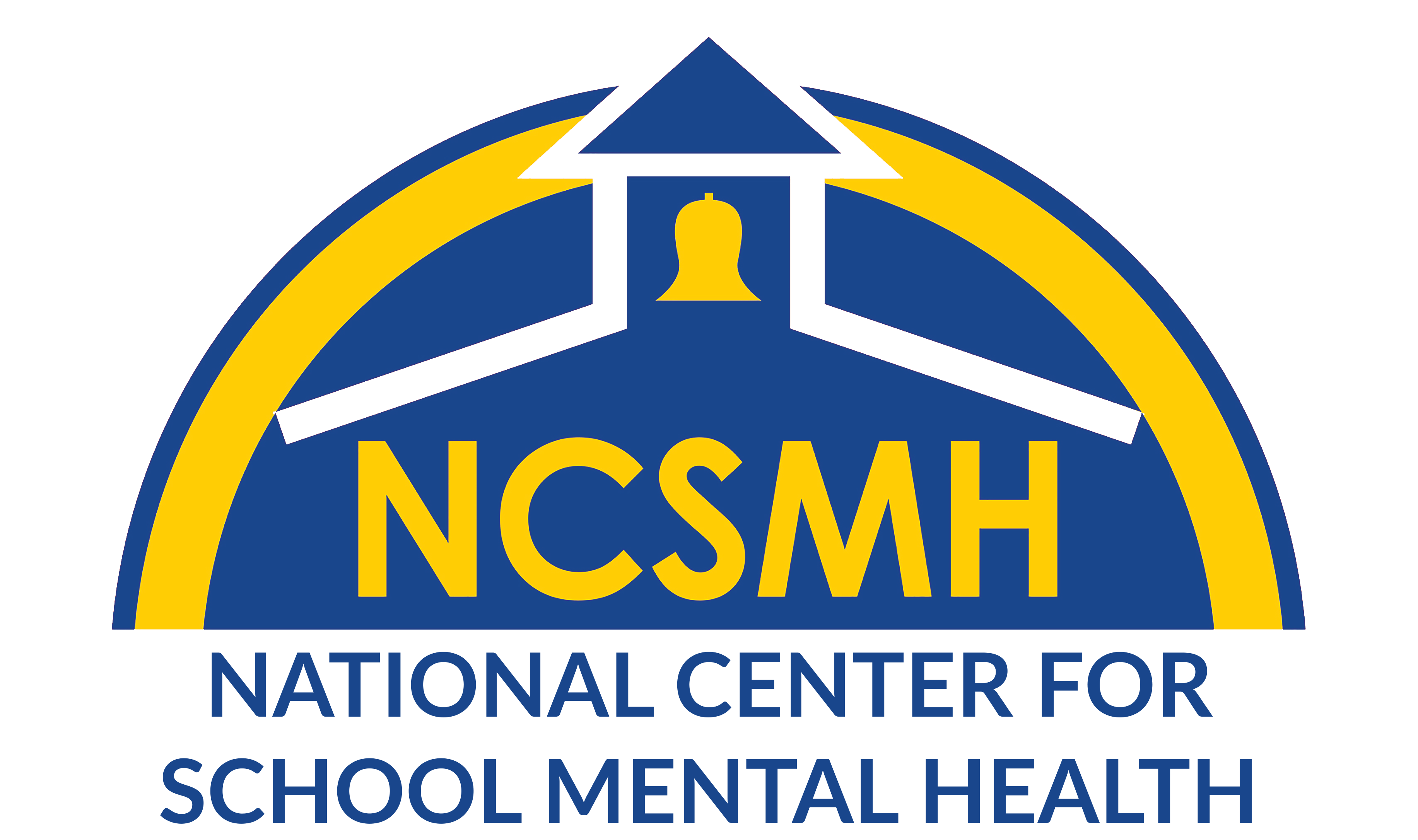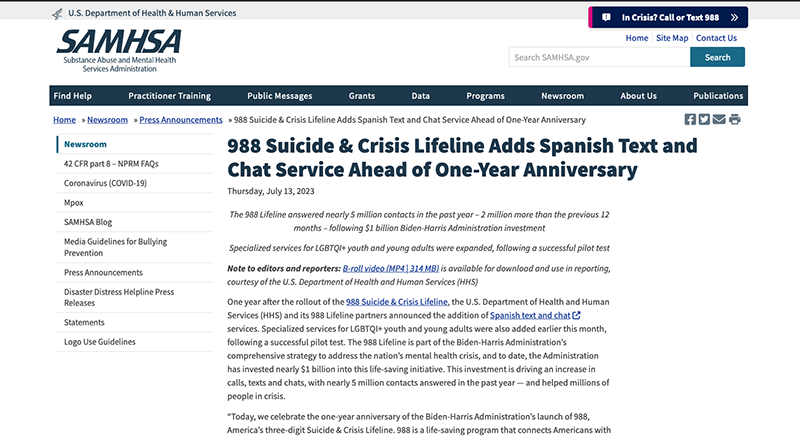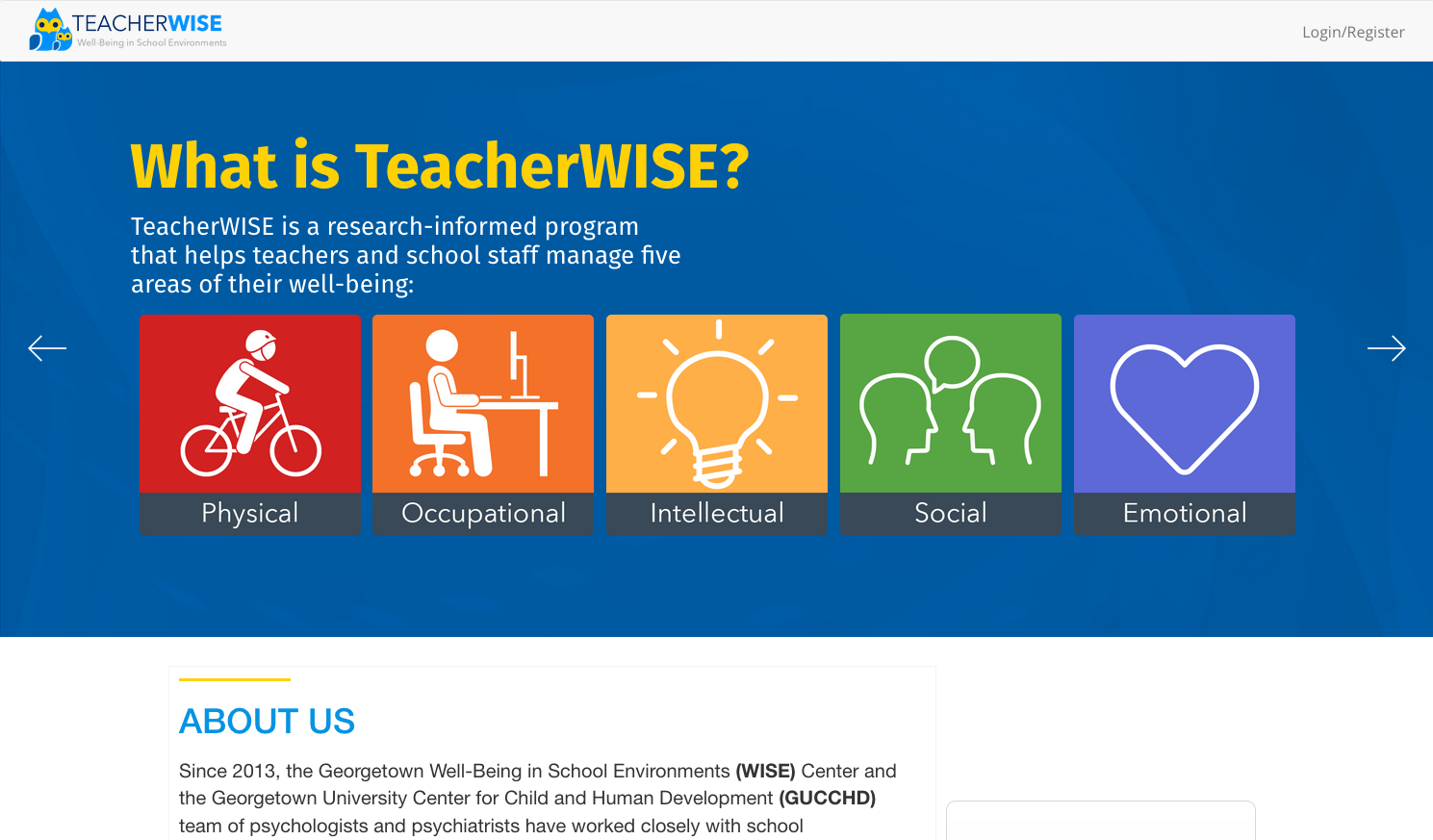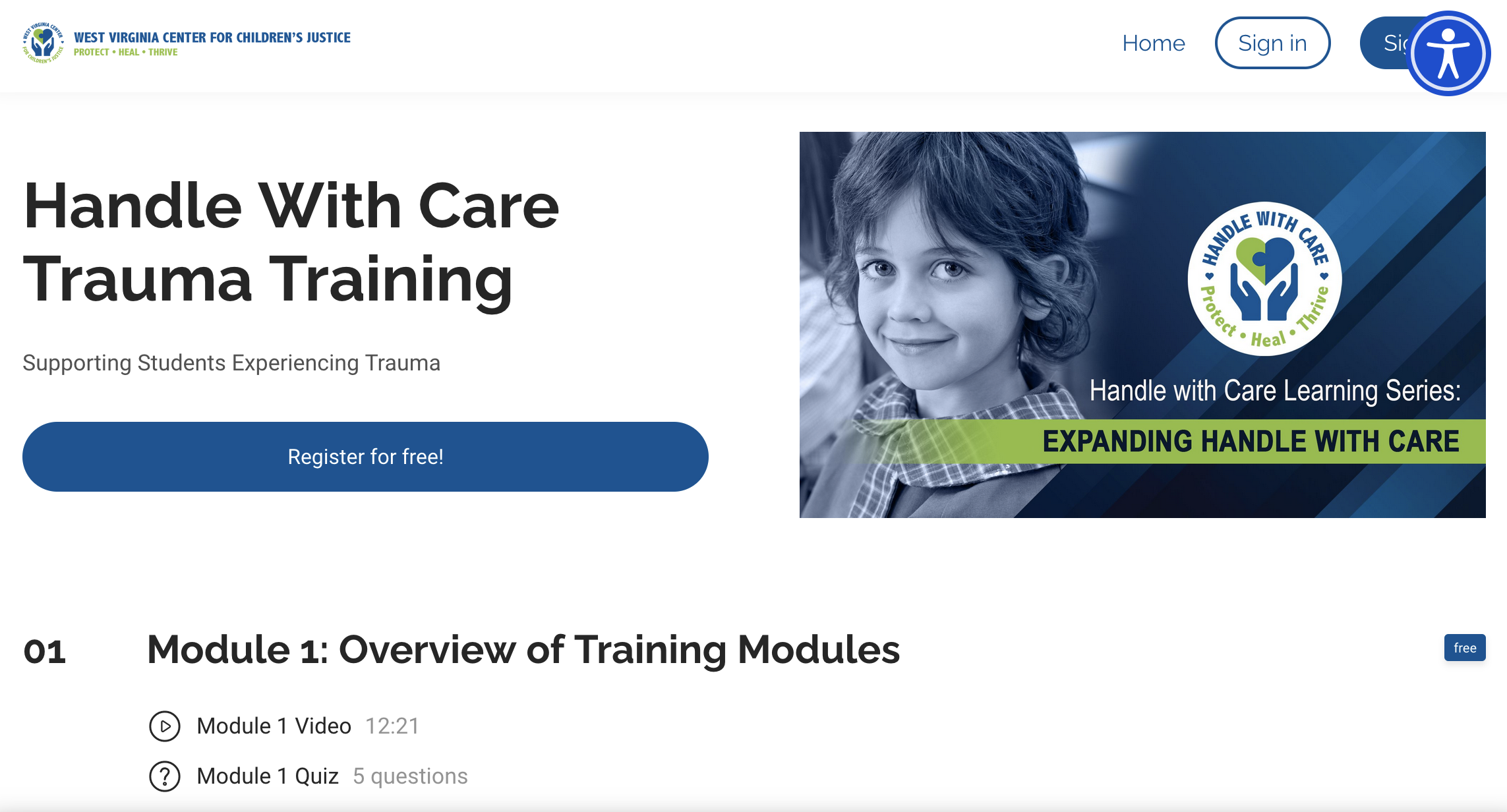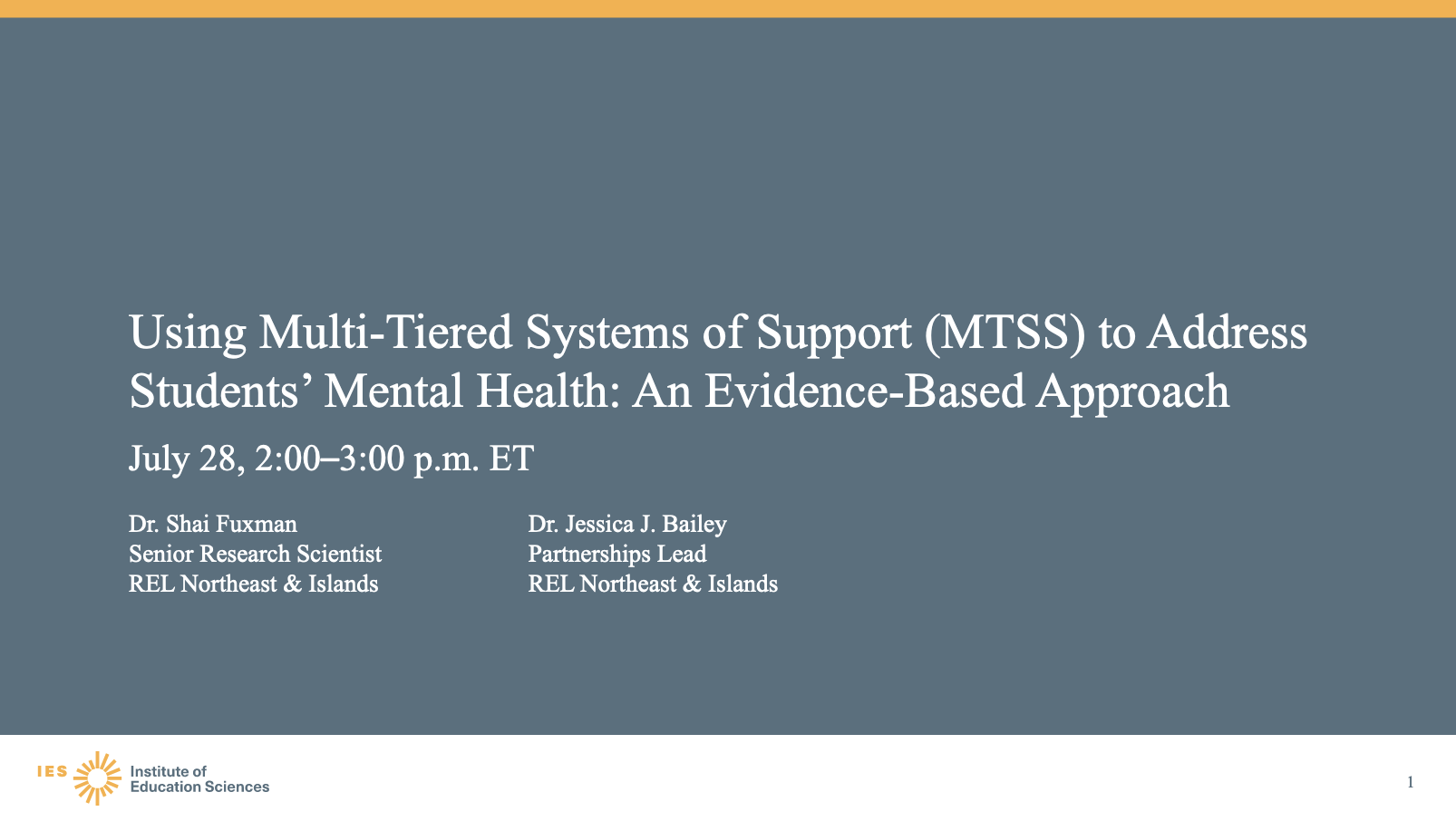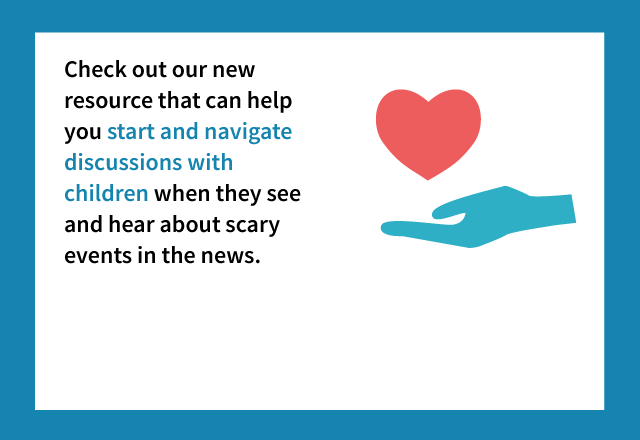As we emerge from the collective trauma of the pandemic and work to serve youth in the context of a decade long pattern of increasing in suicide risk, it is crucial that everyone who spends time in schools (including parents) is aware of What to DO and What NOT to Do when it comes to suicide prevention in schools.
(Available in Spanish and English.) Our team at SRI Education is deeply saddened and concerned about the wars, violence, and climate destruction sweeping the world. Adults and children may be grappling with feelings of fear, worry, anxiety, anger, and confusion in response to what they are seeing and hearing in the news and social media about displaced families and loss of life.
Many educators are seeking guidance to support students who have experienced trauma, particularly related to the opioid crisis. This resource was co-developed by the REL AP team and the Cross-State Collaborative to Support Schools in the Opioid Crisis (CCSSOC) and provides a list of interventions developed to address this specific need.

